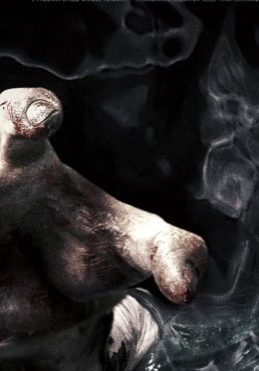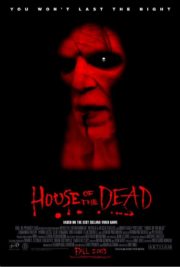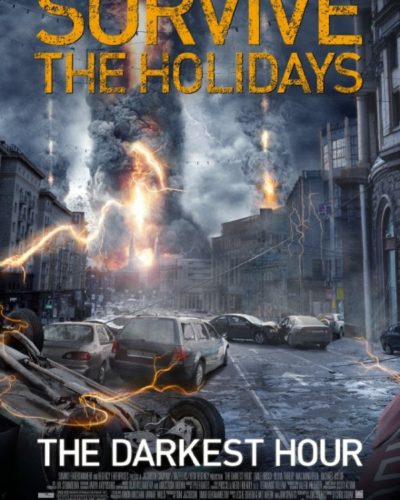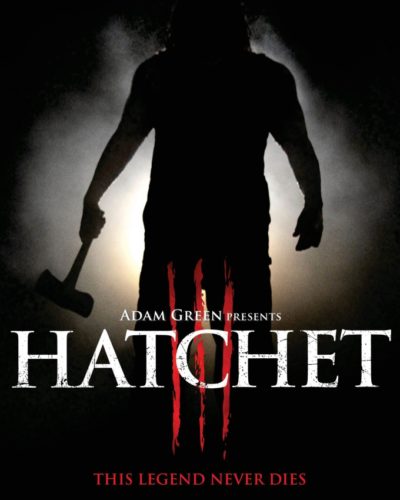“Fear Lives in the Fabric of These Walls”
In the chilling corridors of our minds, where history’s whispers turn to screams, lies “The Canal.” Released in 2014, this horror film, masterfully directed by Ivan Kavanagh, weaves a story of psychological terror that delves into the deepest fears of its audience. The feature follows film archivist David Williams (Rupert Evans) who, upon discovering that his house was the scene of gruesome murders a century ago, begins to question his sanity as haunting and horrific events start to unfold around him and his family. Kavanagh’s work offers us a journey through a tapestry of tension, where the distinction between reality and nightmare blurs into the shadows of the unseen.
A Gloom Infested Canvas
The atmosphere and tone of “The Canal” serve as its backbone, and Kavanagh proves adept at crafting a world draped in dread. Heaviness lurks in each frame, utilizing a palette of shadow and decay that mirrors the story’s grip on the past’s unyielding horrors. The slow burn of tension crescendos into tangible foreboding, punctured at times by shocking visuals that leave the viewer reeling yet unable to look away.
Painting Shadows with Light and Angle
The film’s cinematography is a high point in creating its ominous aura. Clever use of angles coupled with a judicious employment of dim lighting and sudden contrast play on primal fears of the dark and the unknown. Unique visual techniques, such as the interjection of archival footage, remind the viewer of the protagonist’s descent into historical madness, grounding the horror in a tangible context that borders on the uncomfortably real.
The Sounds of Silence and Screams
Audio is wielded like a weapon in “The Canal.” The soundtrack breathes unease into the narrative, never quite allowing the audience to relax. Moments of silence serve as the aching anticipation of a scare, while expertly timed sound effects startle without feeling cheap. It’s a harmonic balance that keeps viewers on edge, heightening the fear of the lurking malevolence within David Williams’ world.
Believable Horrors, Unknowable Minds
In horror, performances can often mean the difference between profound terror and trite scares; thankfully, the cast of “The Canal” deliver. Rupert Evans portrays David with a haunting vulnerability that evolves into frantic desperation, whereas the supporting cast, especially Antonia Campbell-Hughes as Claire, offer a grounded reality against which the horrors of David’s unraveling mind starkly contrast. The characters are fleshed out, each reaction adding to the film’s looming sense of inevitable doom.
Defining Terror
“The Canal” dabbles in a psychological horror that skews towards the supernatural, with Kavanagh paying tribute to the genre’s classics while daring to imprint his unique brand of terror. Gore is used sparingly but effectively, with Kavanagh preferring to rely on psychological tension and the occasional, well-crafted jump-scare. The movie, by focusing on the mind’s fragility and its vulnerability to the past’s weight, taps into a universal fear, making the scares all the more resonant.
A Reflection of Depths Beyond Darkness
Themes of history, memory, and the inexorable march of time pervade the film, offering a grave commentary on the inevitability of the past repeating itself. Kavanagh’s framing of these ideas within the context of horror gives depth to the scares, making them linger long past the final credits.
Through the Lens of Fear
“The Canal,” while not mainstream in its terror tactics, finds strength in its psychological grip. It may not be the kind of horror to make you jump at shadows, but it certainly is the sort to make you question them. Those in search of gore or non-stop action may find the film’s pace plodding; however, horror aficionados with a penchant for atmospheric dread will find a richly woven nightmare to indulge in.
Comparable Nightmares
When held up to the flickering light of horror’s contemporary offerings, “The Canal” distinguishes itself with its focus on atmosphere over action. Elements of the classic “The Shining” resonate within Kavanagh’s work, and the film holds its own amongst recent psychological horrors like “The Babadook.”
A Lingering Chill
In the end, “The Canal” stands as a testament to the power of atmosphere in horror. Its prowess in technical execution and performance anchors the film’s haunting narrative. Admittedly, it may feel niche and could leave those craving non-stop terror somewhat wanting. Still, for those drawn to the slow unraveling of the psyche and the chill of history’s ghostly touch, this film is an exceptional entity. Just a fair warning, “The Canal” contains graphic, unsettling scenes that might not be for the faint of heart. Ultimately, Kavanagh’s haunting tale secures its place as a compelling, if not universally accessible, piece of the horror genre.




